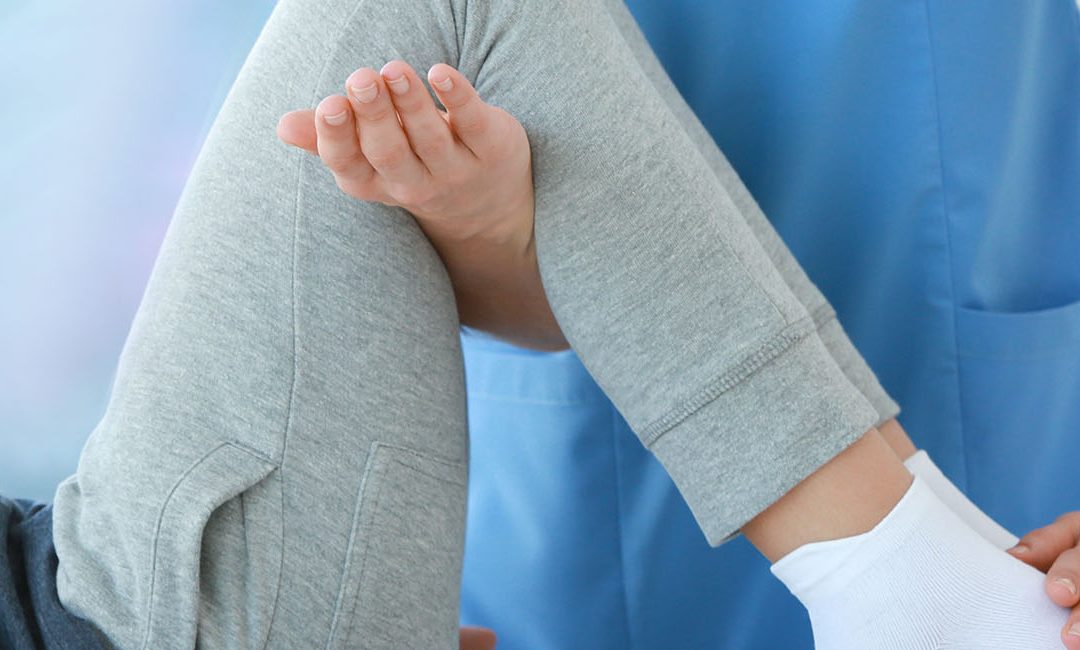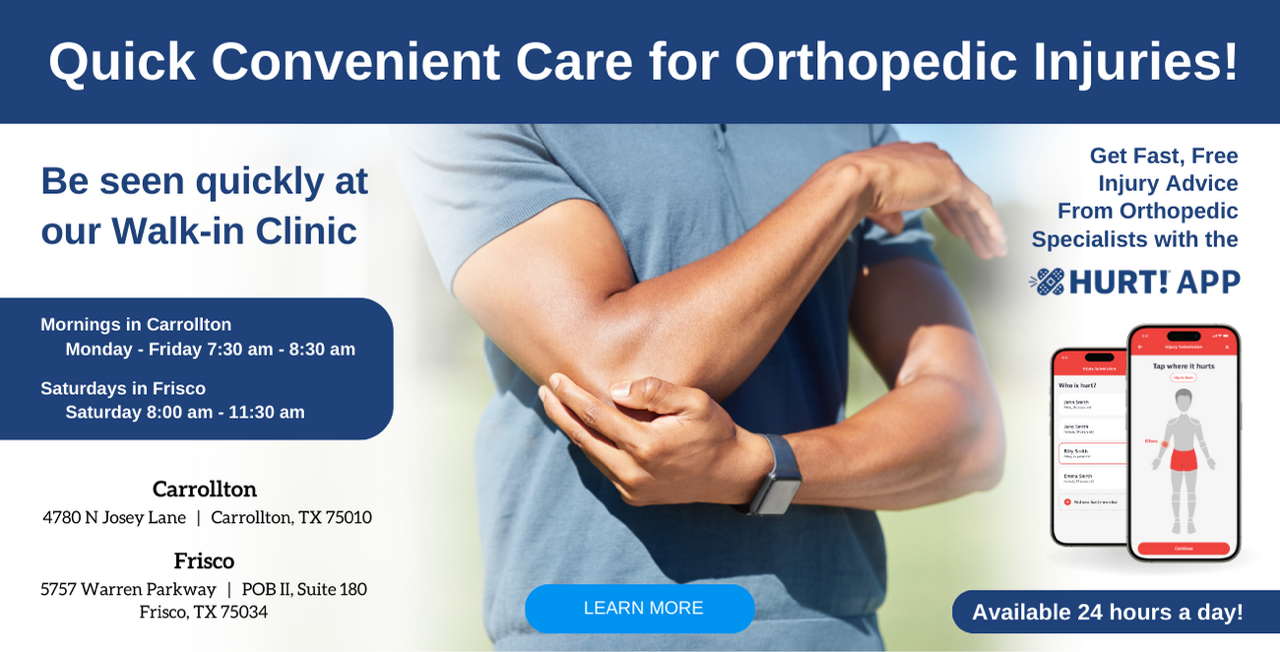The knee is the largest joint and bears a major part of the total body weight. It is made up of four bones – tibia, femur, fibula and patella. Several ligaments and tendons hold these bones together as well as maintain the stability of the knee joint. Age related degeneration, injury or excessive stress to any of these structures can cause knee pain. The condition can affect almost anyone, but is more commonly seen among the elderly, overweight people or sportspersons involved in repetitive bending and squatting.
Causes
- Direct blow to the knee
- Muscle overuse
- Sprain or strain
- Sports-related injuries
- Incorrect landing from a jump
- Excessive twisting of the leg
- Rapid change of direction with the foot planted on the ground
- Certain medical conditions, such as Arthritis, Tendonitis, Bursitis etc.
Symptoms
- Constant or intermittent pain in the knee joint
- Inflammation and stiffness
- Redness and warm sensation around the site of pain
- Tenderness to touch
- Bruises or visible deformity in the knee
- Difficulty walking
- Inability to straighten or bend the leg
- Grating sensation when trying to move the knee
- Pain may increase after physical activity or long periods of sitting and standing
- Feeling that the knee may give out
Diagnosis
- The orthopedic doctor may conduct a physical examination and inquire about the patient’s lifestyle as well as any previous knee injury.
- He may straighten or bend the leg to identify the exact location of pain.
- Certain imaging tests may be conducted to determine the cause and severity of the condition.
Treatment
RICE Therapy: The orthopedic doctor may ask the patient to take rest, apply ice pack to the site of pain, compress the knee with an elastic bandage and keep the leg elevated above heart level. RICE Therapy can help to reduce pain and inflammation in the knee joint.
Medications: Non-steroidal anti-inflammatory medications may be prescribed to offer relief from pain.
Knee Braces: The patient may be advised to wear a knee brace or use crutches while walking to avoid putting stress on the joint.
Physical Therapy: After the pain and swelling subside, physical therapy may be recommended to restore the mobility and strength of the knee. The therapist may suggest certain stretching and strengthening exercises to reinstate the joint’s previous functionality.
Surgery: Surgical intervention may be required if knee pain is caused due to some underlying orthopedic condition.
We, at OrthoTexas, provide comprehensive treatment for knee pain and other orthopedic conditions.


